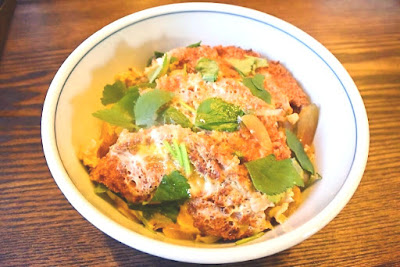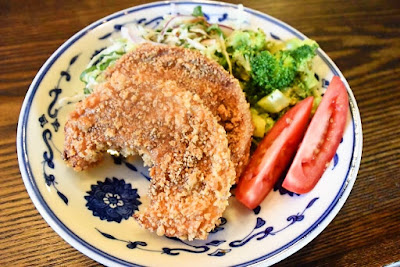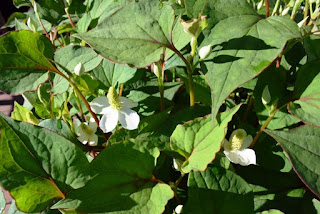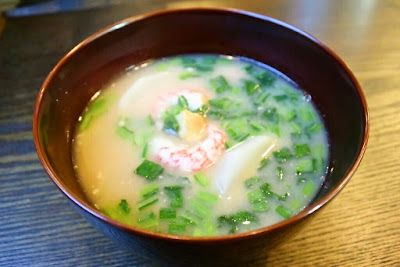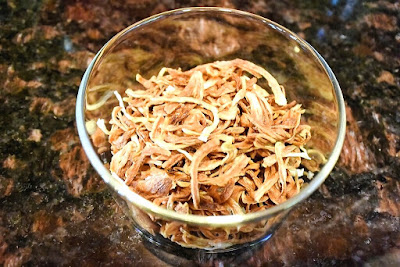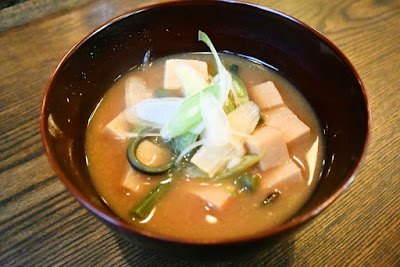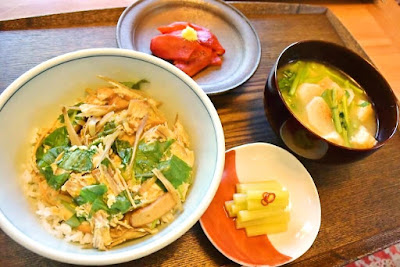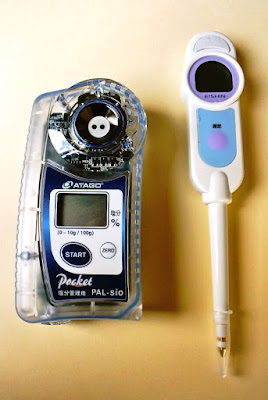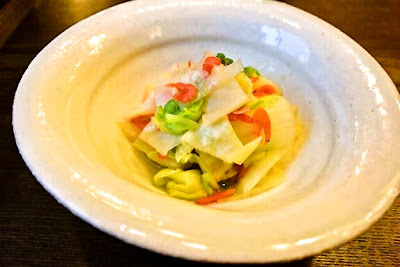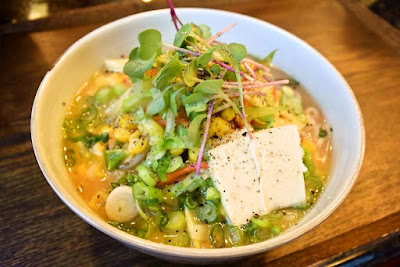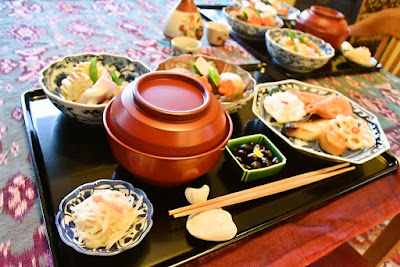When I happened to come across information on an exhibition of lacquerware made in Joboji, Iwate Prefecture, it was clear that dinner that day would feature their bowls. Joboji urushi ware was one of the first lacquer tableware I bought for myself back in Tokyo more than 20 years ago.
- Gohan / steamed rice
- Gobo to shimeji, menuke no misoshiru / miso soup with burdock root, shimeji mushrooms and grilled rockfish
- Koyadofu no ageyaki to ebi no horenso-an-kake / fried freeze-dried tofu and shrimp with light dashi sauce with spinach
- Hijiki no itameni / braised hijiki seaweed
- Tomato no amazu oroshi-ae / tomato with grated daikon radish and sweetened vinegar

